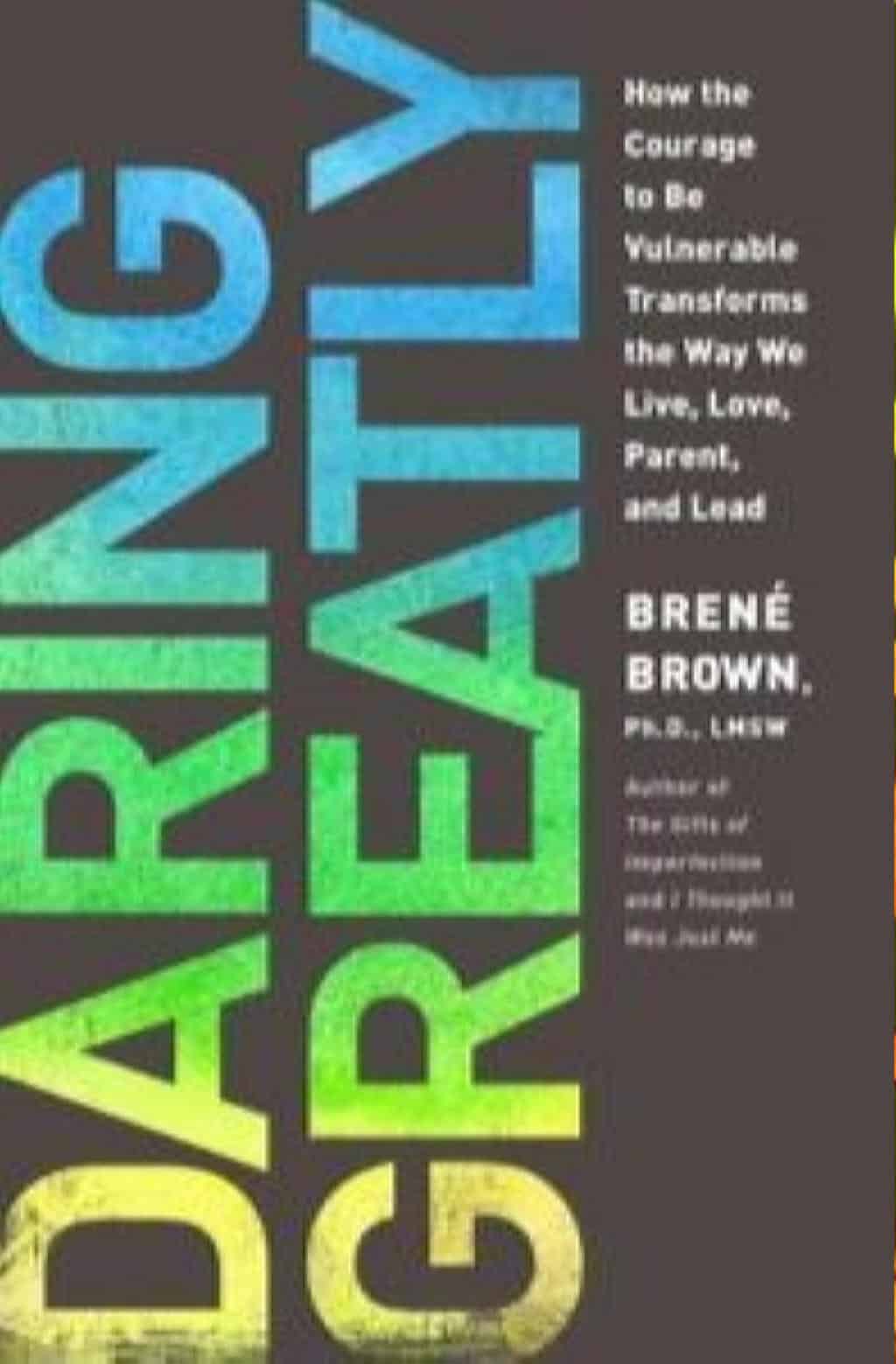 Graduating to the Next Level
Graduating to the Next Level
By Vivienne Uccello, Public Relations Coordinator
This spring, if you find yourself on the cusp of a new chapter in life – or yearning for one – you might also find yourself completely terrified! Not to worry, once again books are here to help. You can find a mountain of good advice in books, but sometimes that mountain of advice can be a little frustrating to climb. To save you some time, here are a few of my favorite authors. They give coaching that is based on both personal experience and academic research. Their advice is packaged in good humor and relatable experiences, which makes their books even more enjoyable.
Brené Brown, Ph.D., is an inspiring TED Talk speaker and a research professor at the University of Houston. Her book Daring Greatly: How the Courage to be Vulnerable Transforms the Way We Live, Love, Parent, and Lead debunks myths about perfection and vulnerability – which she believes often cause us to resist new challenges and opportunities. She suggests that being vulnerable is the most courageous thing a person can do. Her book walks us through ways to embrace vulnerability so we can open our lives to an entire world of possibilities.
Brown shares her academic research as well as personal experiences as a wife and mother. “For me, vulnerability led to anxiety, which led to shame, which led to disconnection, which led to Bud Light,” writes Brown. This book isn’t about becoming perfect; it’s about finding the courage to be yourself and allow others to do the same. I consider Daring Greatly a road map to the idea of authentic living and recommend Brown’s work very highly.
Starting a new chapter in life can also mean shouldering new financial responsibilities. Dave Ramsey’s The Total Money Makeover is a National Bestseller and is chock full of useful financial advice. He goes through practical steps to change your approach to wealth and break bad habits. “Winning at money is 80% behavior and 20% head knowledge. What to do isn’t the problem, doing it is,” says Ramsey. His “Baby Step” plan is focused on getting you out of debt completely, which may sound like a fairy tale at the moment. After reading the book, you will have the tools to make debt-free living a reality.
Speaking of changing our habits, David Allen is a bestselling author and professional productivity consultant who can help you figure out how to establish new behaviors. His book Getting Things Done: the art of stress-free productivity also includes tactics for breaking larger tasks into smaller action steps, putting all notes and papers in one place, and focusing on one thing at a time. His advice can help take some of the “overwhelm” out of your life.
Many of Allen’s ideas sound like common sense but I was surprised how much I needed to read them. Simple solutions often escape us when we’re in the throes of a modern, scattered, and overbooked life. His advice is refreshing and original, and addresses the root of several universal problems such as clutter, multi-tasking, and planning ahead. Allen will calmly walk you through simple steps to begin gaining control of your time and space.
David Allen also has a lynda.com video course entitled “Getting Things Done” in which he talks you through the steps to change your patterns. The courses on lynda.com are accessible for free through the library’s website at www.MHKLibrary.org. A library card is required, so stop by the library if you don’t yet have one or if you would like advice about accessing the service online.
While exploring lynda.com, you will find other courses such as “Overcoming Procrastination,” and “Managing Stress” along with video tutorials for interview skills and computer programs. These expert-taught courses can help you take on new challenges with grace and forethought.
The final book on my list has been plastered all over social media lately. I Hope I Screw This Up by Kyle Cease sounded like a very exciting read. Cease describes himself by saying “If Eckhart Tolle and Jim Carey had a baby, that baby would be Kyle Cease.” His promotional videos on Facebook show a dynamic speaker who is able to change lives, but his best work might be saved for the stage. I’ve only just started, but so far, the book has mostly been about his anxiety over writing the book. I’m holding out hope for meaty content, but have found only mild entertainment value in the title so far.
We all need guidance from time to time, that’s no secret. The world’s experts are available to help you along your journey with tender advice, tough love, and age-old wisdom. All of these treasures are available to you for free at the local library. Good luck on your journey!
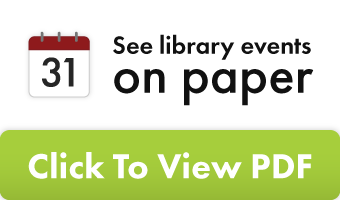
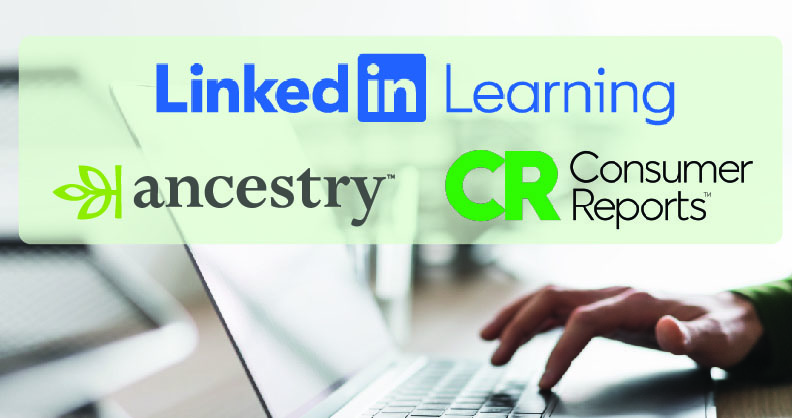
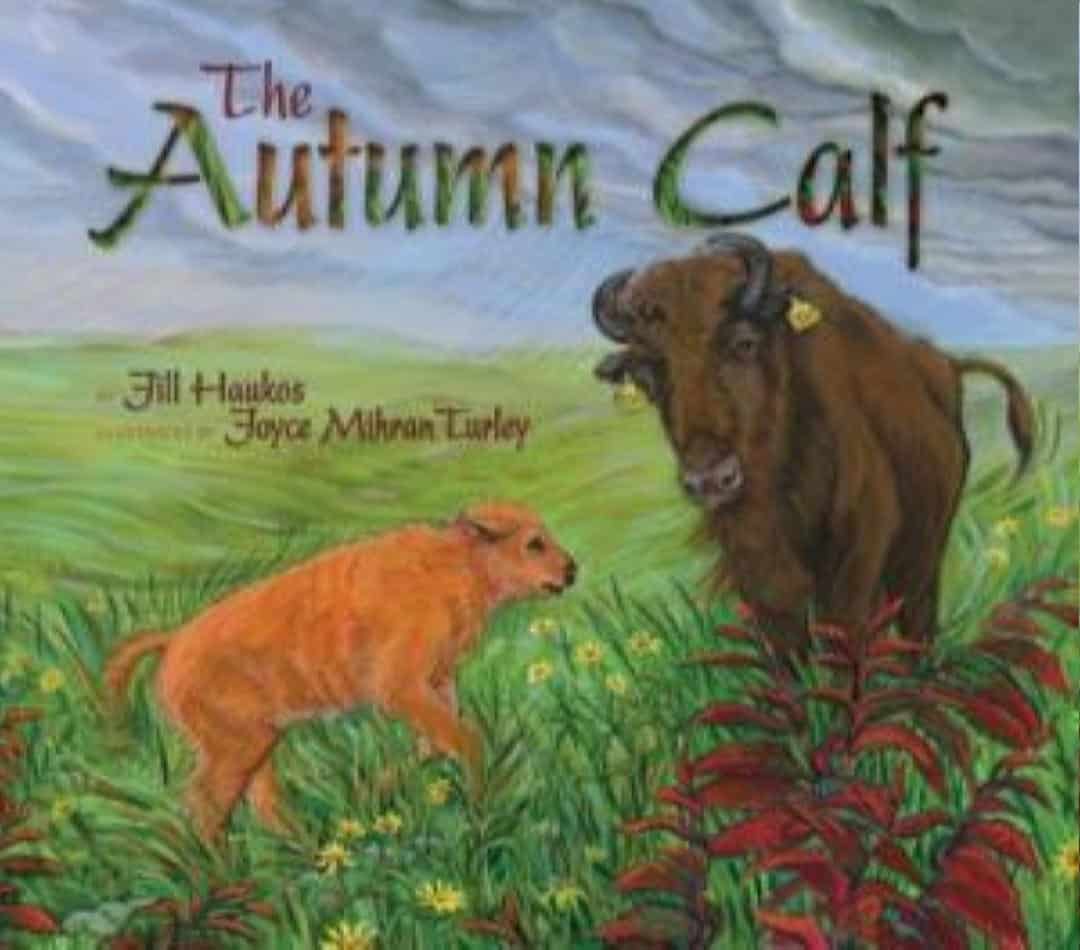 Time for a Hike
Time for a Hike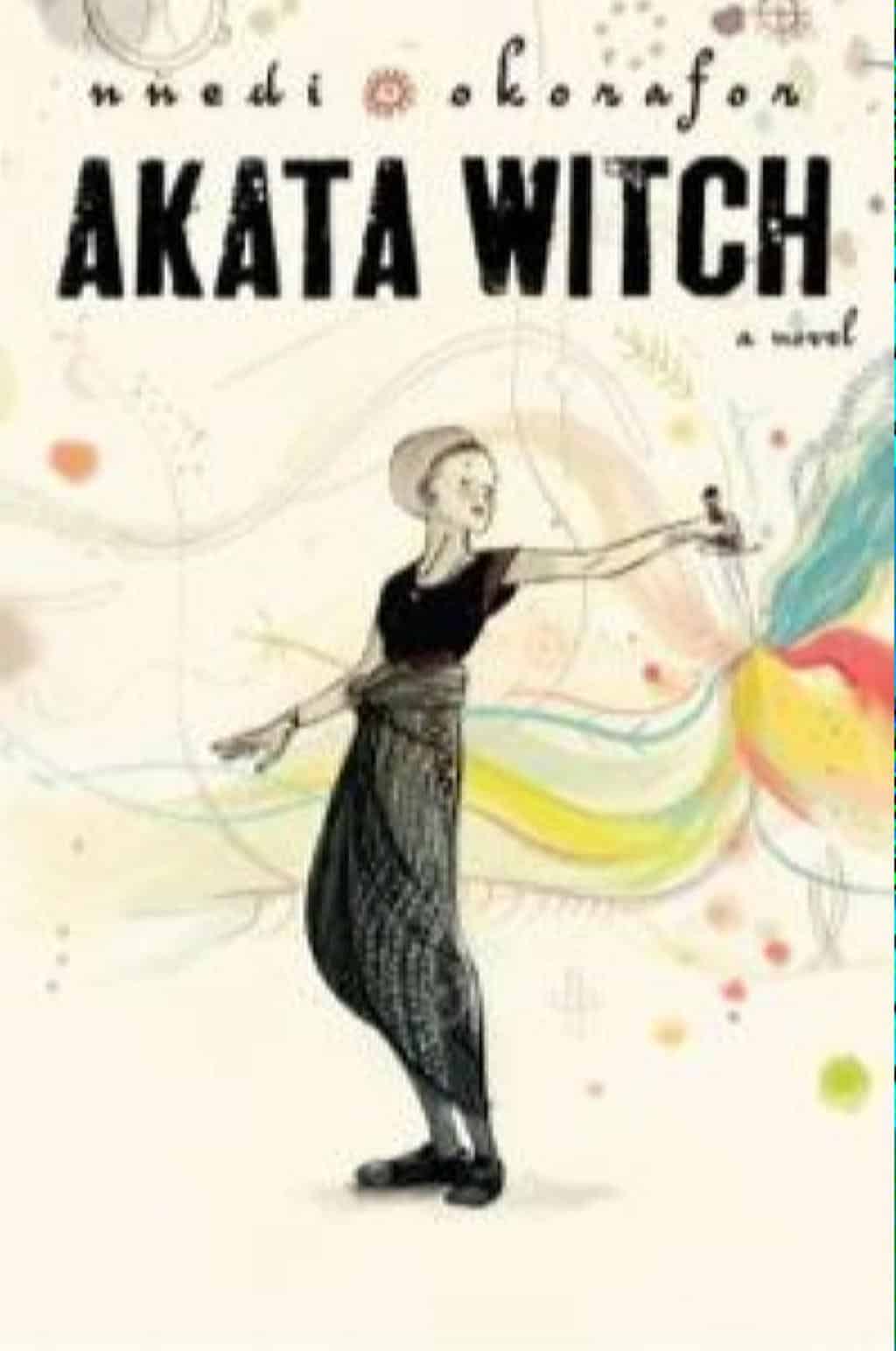 Folklore Beyond Grimm & Mythology Beyond the Greeks
Folklore Beyond Grimm & Mythology Beyond the Greeks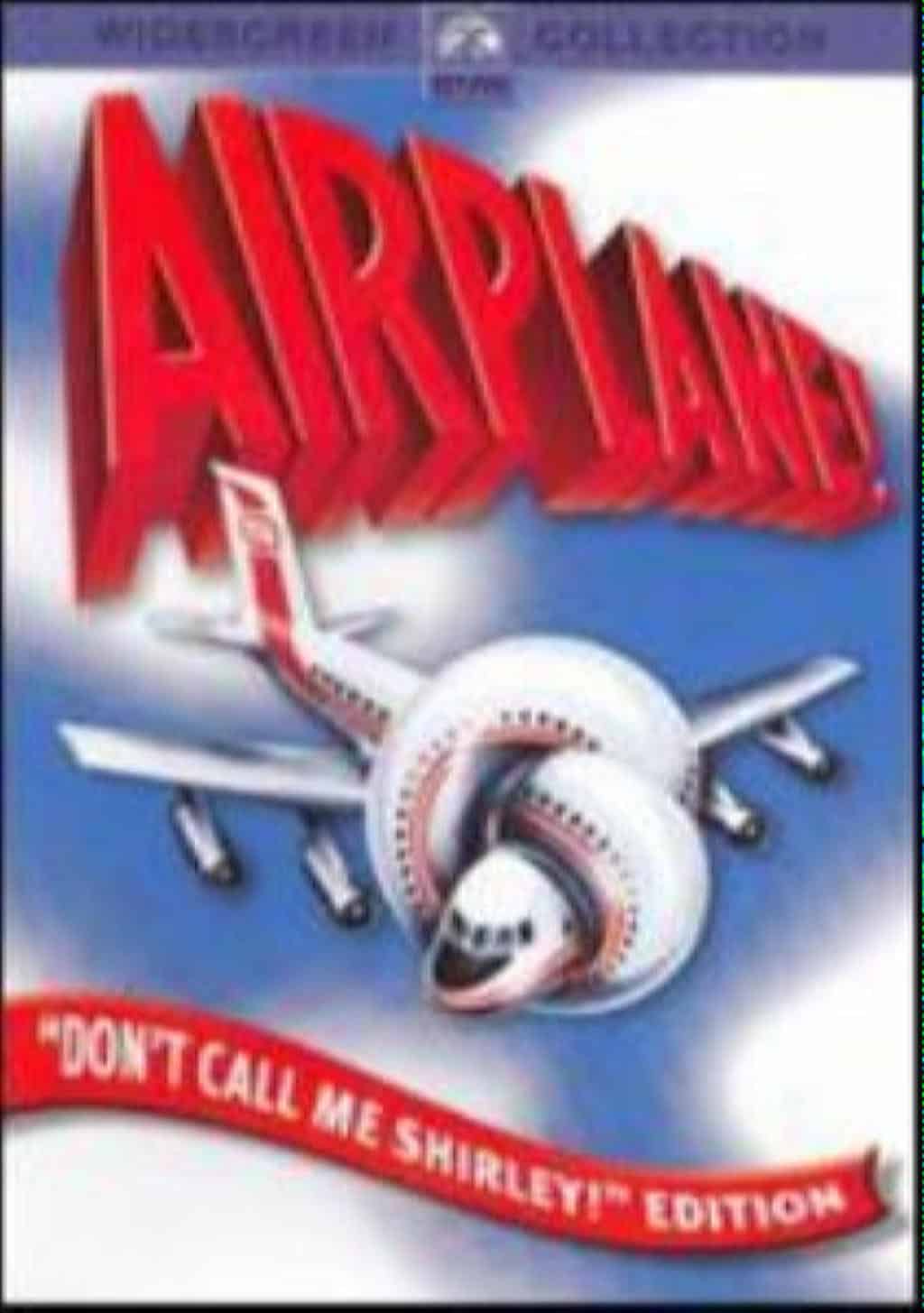 Laugh a Little, at the Library
Laugh a Little, at the Library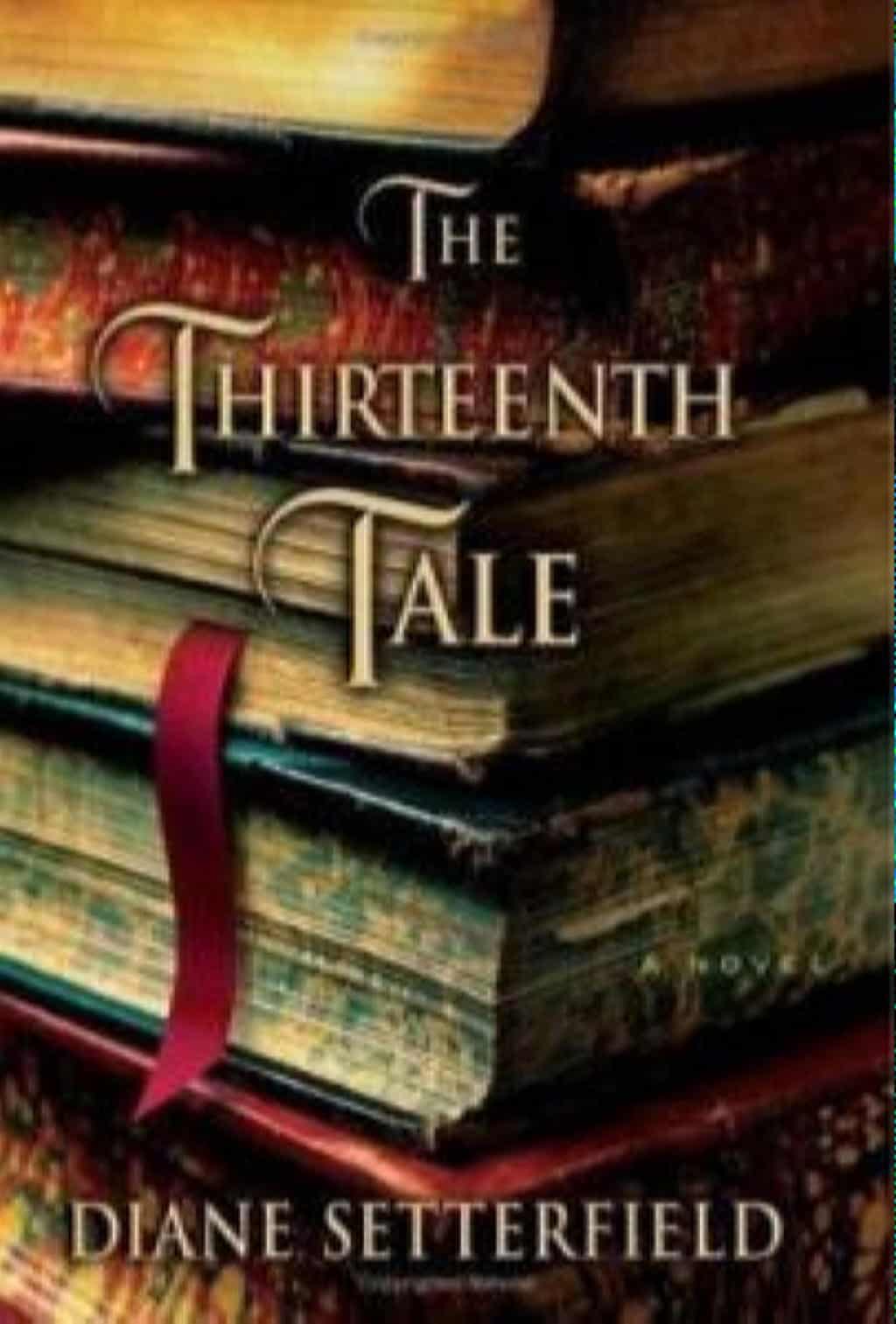 Books That Sarah Made Me Read
Books That Sarah Made Me Read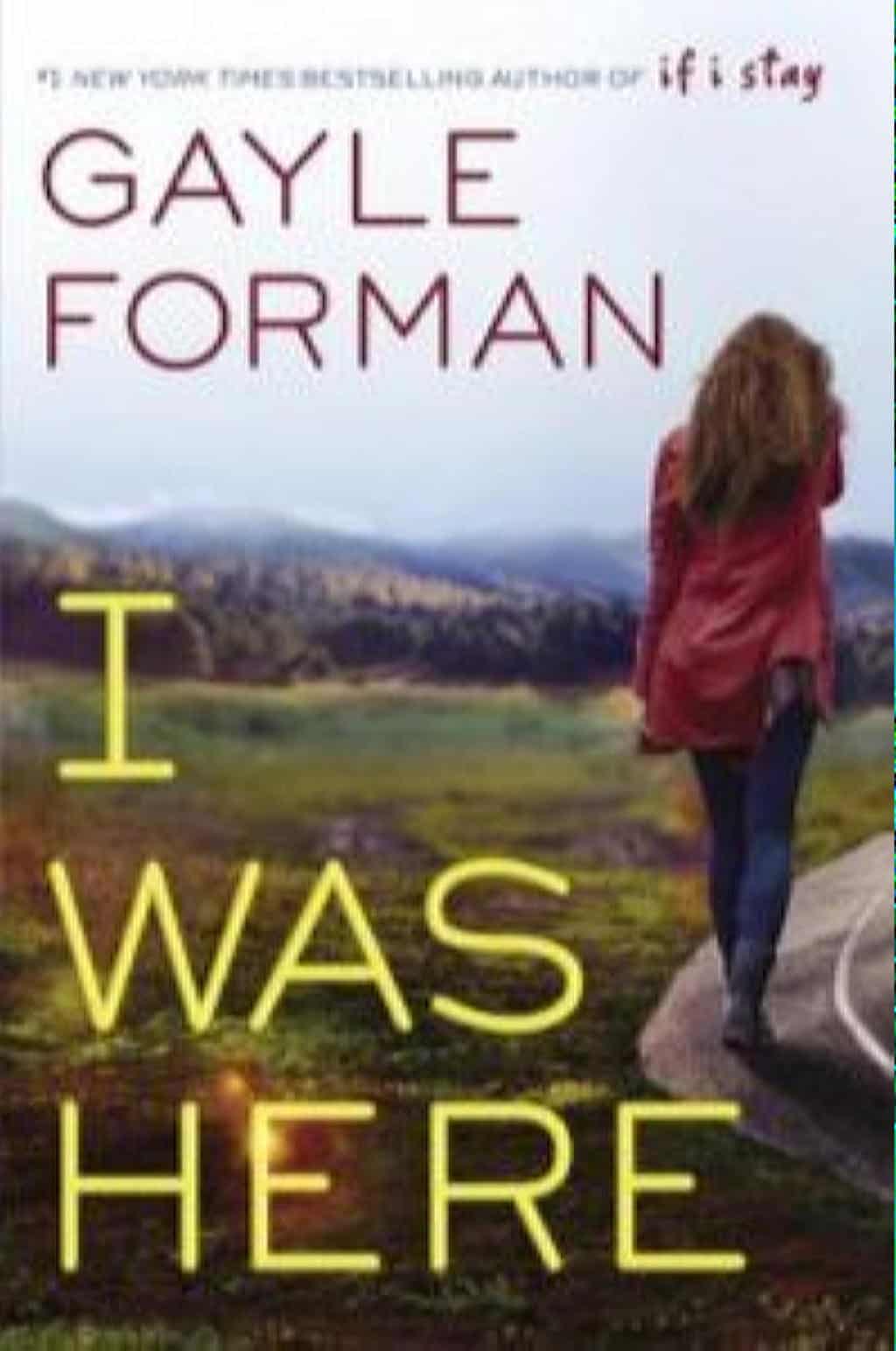 YA Books About Mental Health that Get it Right
YA Books About Mental Health that Get it Right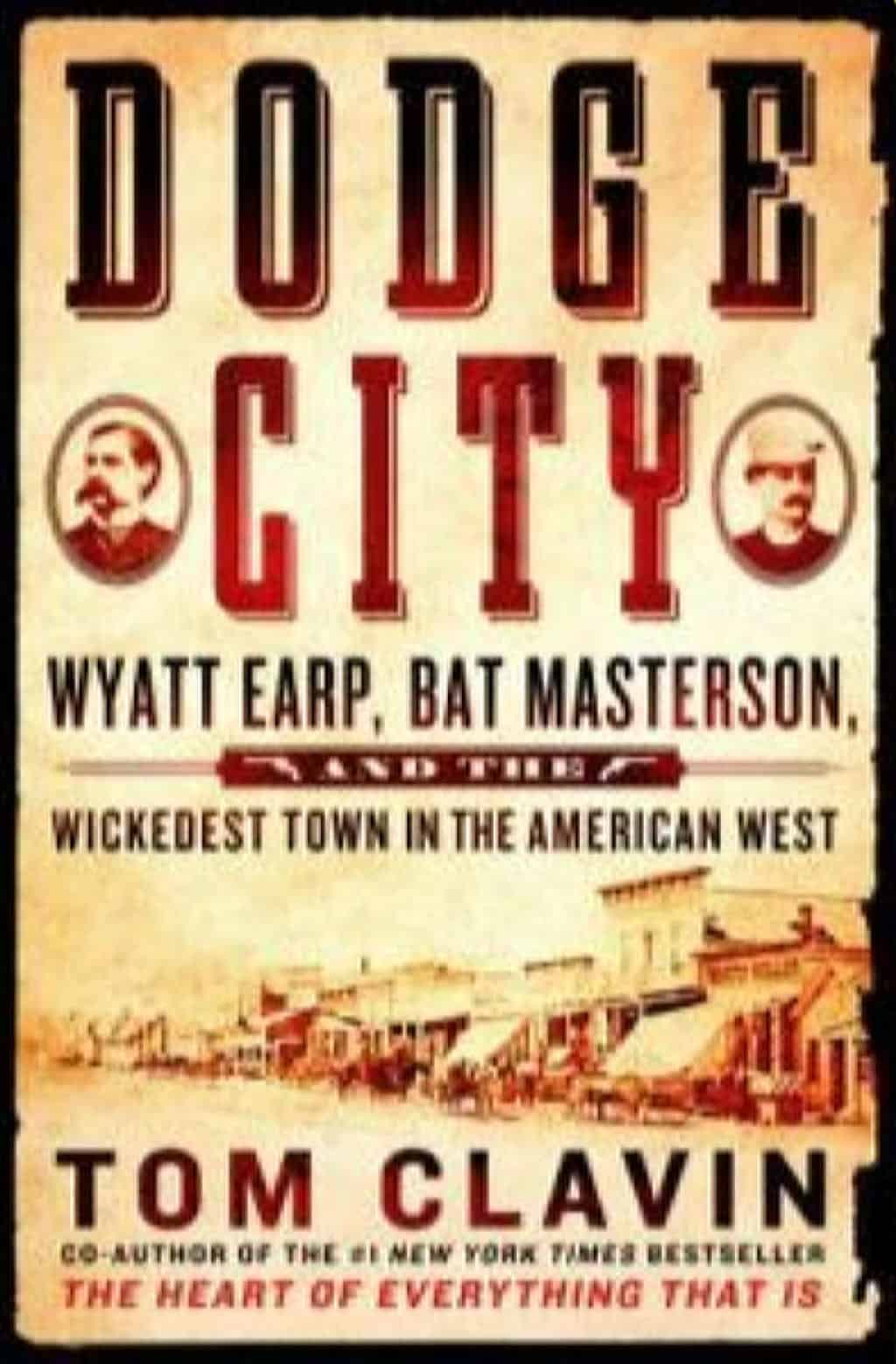 Dodge City at Its Wildest
Dodge City at Its Wildest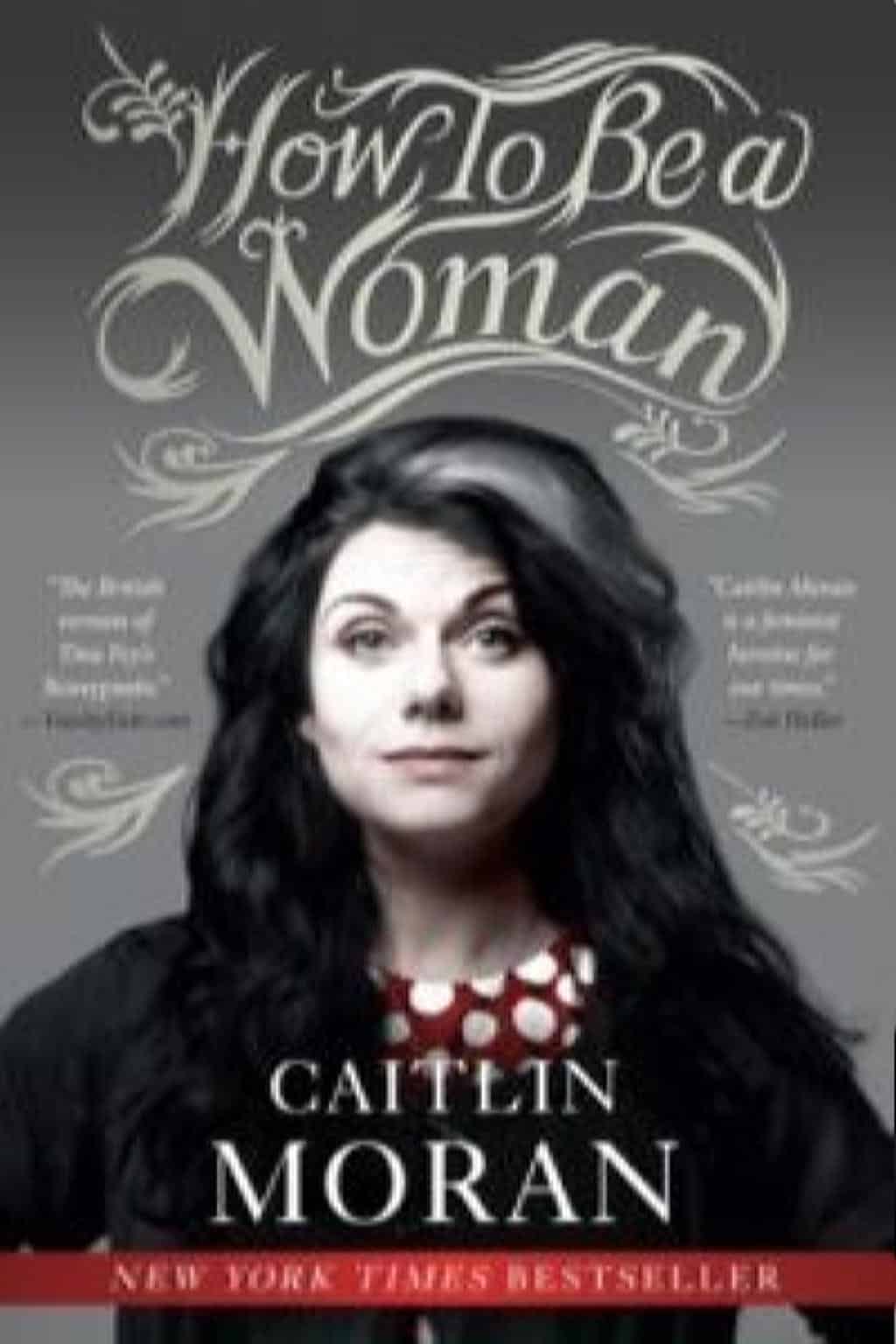 The Modern Face of Feminism
The Modern Face of Feminism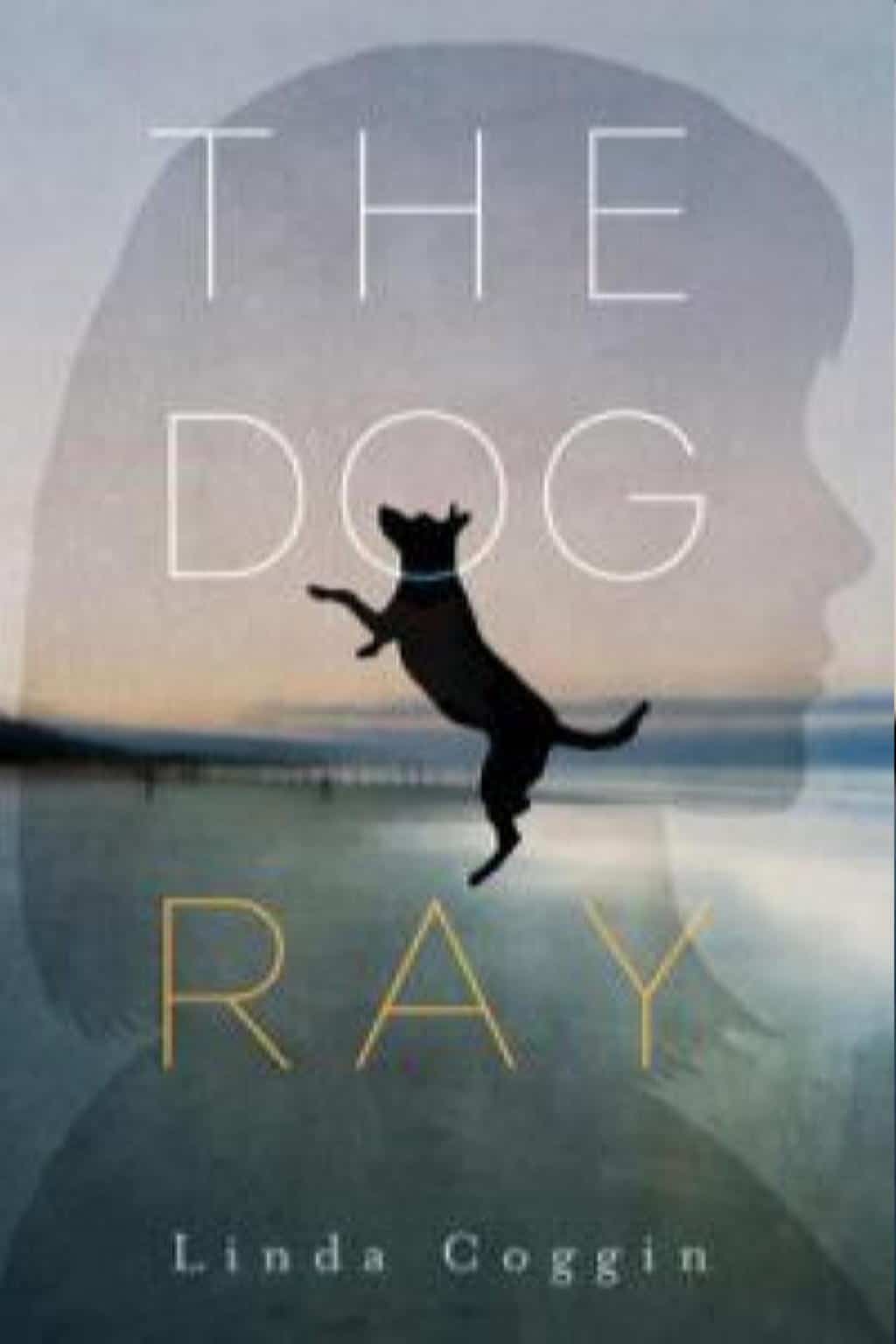 Good Reads for Young Naturalists and Outdoor Lovers
Good Reads for Young Naturalists and Outdoor Lovers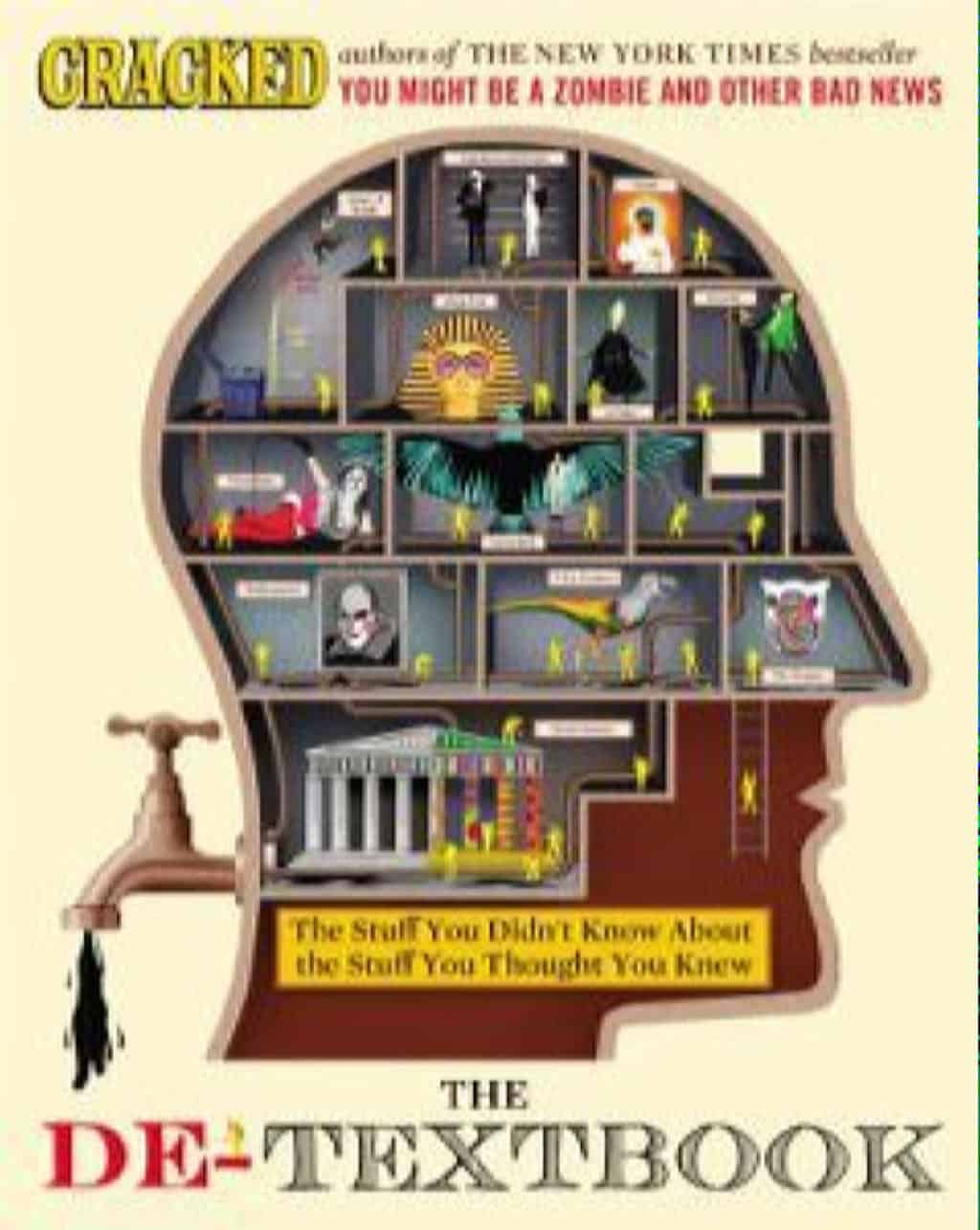 Judging Books by Their Covers
Judging Books by Their Covers